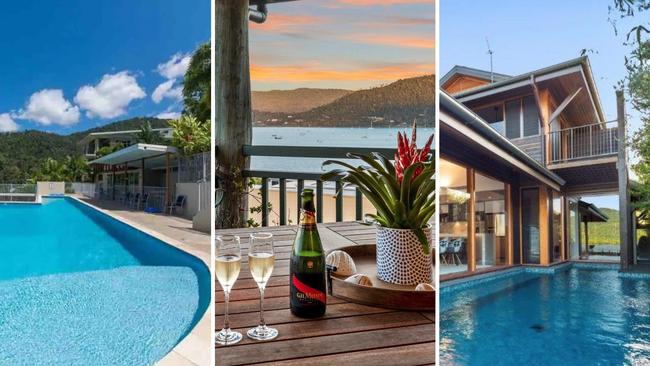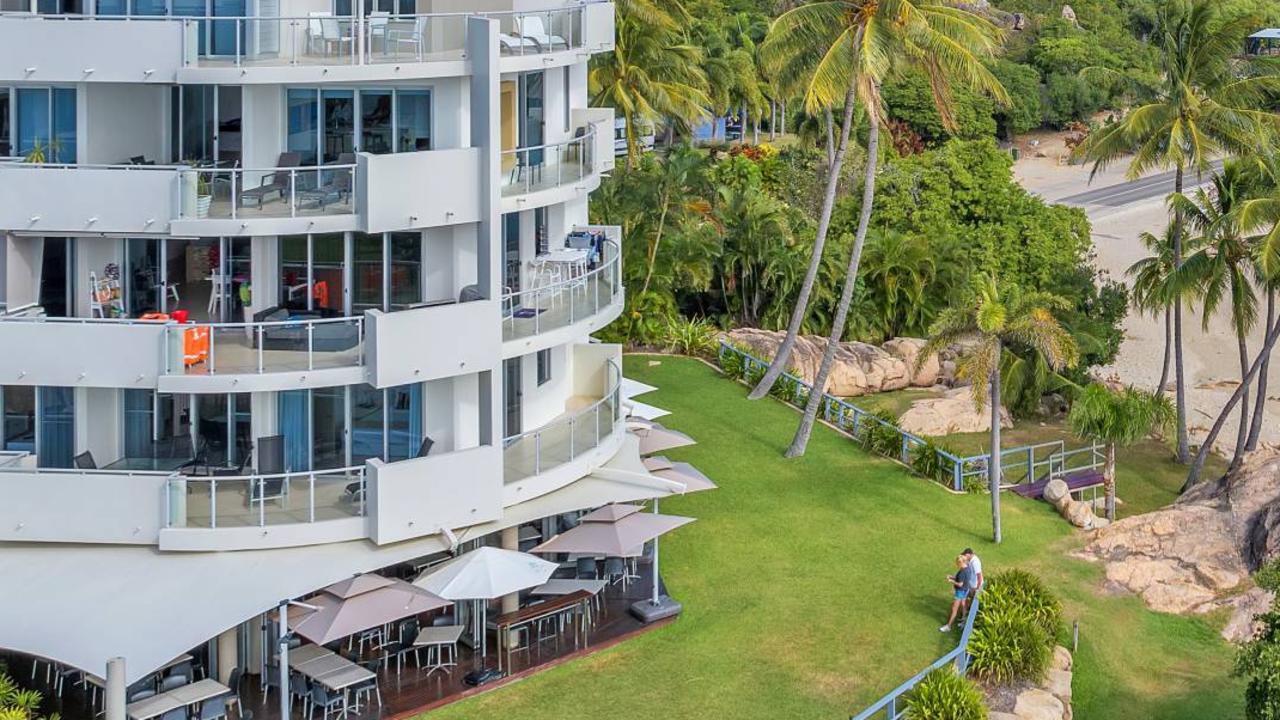Holiday hotspot grows short term rentals by one a week
The Whitsundays has had one home turned into holiday letting every other week since 2018 despite council claims it is cracking down on accommodation concerns. See how much numbers have grown.

Property
Don't miss out on the headlines from Property. Followed categories will be added to My News.
The Whitsundays has proven to be a hotspot for short term accommodation with an average of one home every other week being turned into holiday letting each year.
Whitsunday Regional Council has approved 172 requests to turn private residences into short term accommodation since 2018. Only seven applications were refused.
Airbnb lists 260 properties available for short term letting in the Whitsundays with weekend rates starting from about $100 for a room with a queen bed and access to a pool, to almost $7000 for a three-bedroom apartment overlooking the Coral Sea.
Or for something even more ritzy, the five-bedroom Glasshouse on Hamilton Island is available from $6960 a night.
Scroll down for a list of available short term accommodation across the Whitsundays
The council announced it was cracking down on STAs late last year after neighbours fought, but largely failed, to keep them out of their patch with complaints of late-night parties, anti-social behaviour, barking dogs, inconsiderate parking, and even the disruption of wedding guests.
WRC development services director Neil McGaffin said the council had inspected more than 50 STAs since January, which had been operating without approval.
“Unregistered STAs have been a compliance matter for (the) council since the land use control came into effect in 2017,” Mr McGaffin said.
“Many of the applications (for STAs) received since 2018 resulted from compliance.”
Mr McGaffin said the Whitsundays’ tourism sector had offered holiday homes for more than a century.
“(They go) as far back as the 1920s when galvanised iron huts appeared on some islands and along parts of the coast to accommodate locals and holiday-makers,” he said.
“The holiday home sector provides both positive and negative impacts for the tourism industry and the local community.
“Positive impacts can include the attraction of real-estate investment and development, increased regional tourism accommodation capacity, greater diversity of tourism accommodation offers, and increased income opportunities for local residents.
“Negative impacts may include decreased affordability of long term residential property rentals for residents, perceived amenity concerns and competition for commercial tourism operators.”





